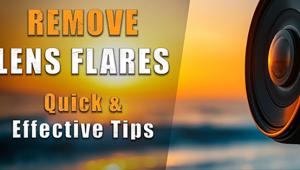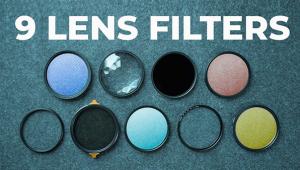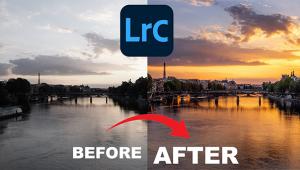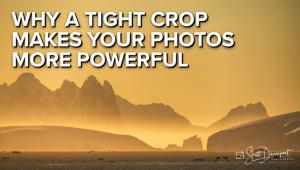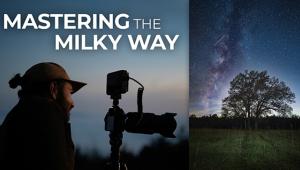Here’s How to Photograph the First Coast-to-Coast Total Eclipse of the Sun Since 1918
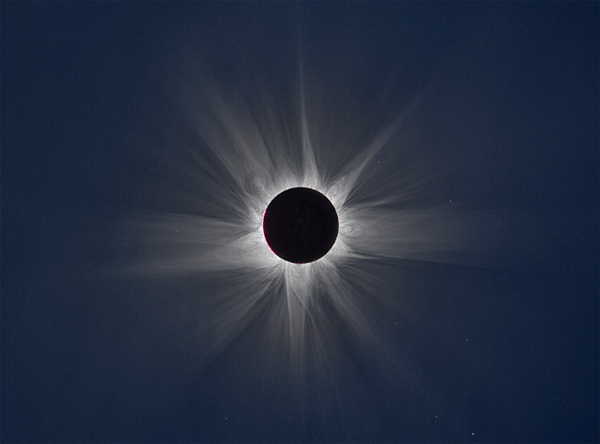
Photographers in the U.S. are in for a once-in-a-lifetime opportunity on August 21st when we’ll experience a total eclipse of the sun viewable from coast to coast. The last time this rare event occurred was back in 1918.
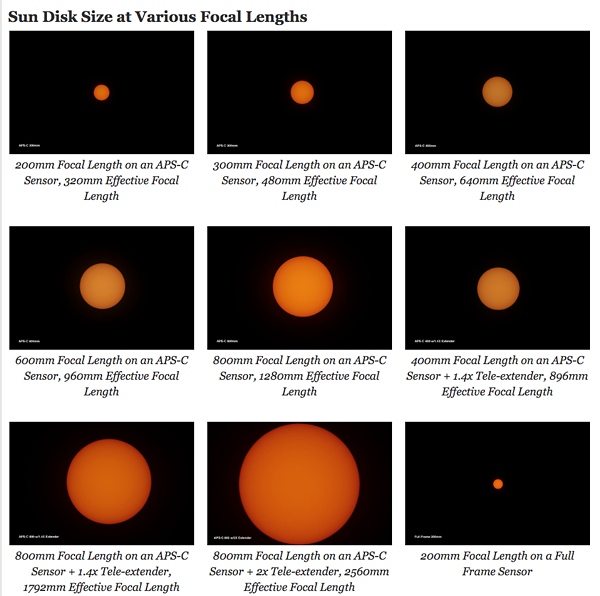
To help us all capture this unique natural phenomenon Canon has created “A Total Guide to Totality,” a great web page devoted to explaining everything you need to know about solar eclipse photography.

In addition to maps designed to help you track the event and find the best places to shoot, the site offers equipment tips for choosing the proper lens and making the most of whatever camera you decide to use. There are also how-to articles by photojournalist Dave Henry and Canon Explorer of Light Ken Sklute as well as photos to help you prepare for this awesome event.

Contrary to what you may think, you’ll learn that the best lens for this type of photography isn’t one with the longest focal length. That’s because a lens that’s too powerful will create a sun disk that’s too large to properly render the sun’s corona during the totality phase of the eclipse.
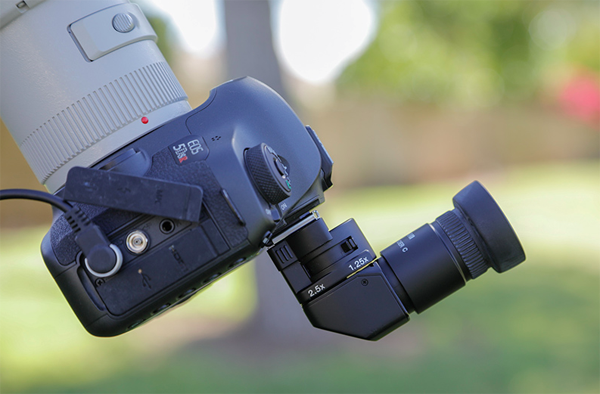
Henry and Sklute also discuss the differences between full-frame and APS-C DSLRs, as well as how you can get great shots using a point-and-shoot “travel zoom” camera that features a powerful zoom range.

You’ll also learn about using helpful accessories like teleconverters and angle finders that attach to the eyepiece of your camera, as well as a few safety tips for protecting your eyes, your lenses, and your camera’s sensor. So check out Canon’s “A Total Guide to Totality” and start getting prepared.
- Log in or register to post comments




